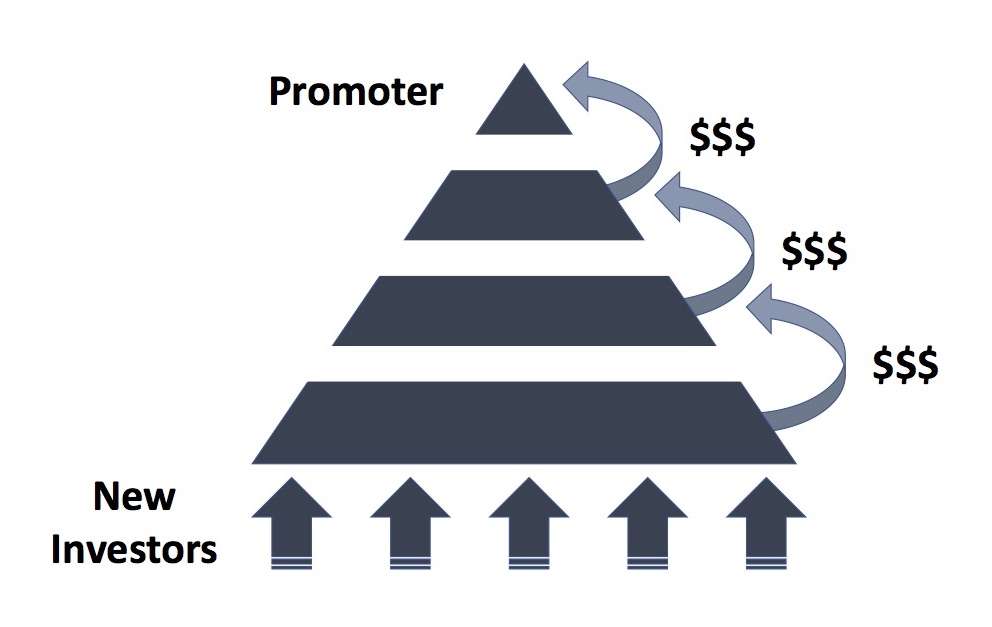The rising wedge pattern is a crucial formation in technical analysis, often signaling potential reversals or continuation trends. Traders use it to anticipate price movements and make informed decisions. Understanding this pattern can provide a significant edge in trading stocks, forex, and cryptocurrencies.
Defining the Rising Wedge
A rising wedge is a bearish pattern that forms when price action consolidates between upward-sloping support and resistance lines. Despite the rising prices, the narrowing price range indicates weakening momentum.
Key Characteristics of the Pattern
- Higher highs and higher lows
- Converging trendlines
- Declining volume
- Typically forms over weeks or months
Formation of the Rising Wedge
Structure and Appearance
The rising wedge consists of two upward-sloping trendlines converging, signaling a loss of momentum before a breakout occurs.
Market Psychology Behind the Pattern
As price rises, buyers lose strength, and sellers start to gain control, leading to a breakdown.
Types of Rising Wedge Patterns
Bearish Rising Wedge (Reversal Pattern)
Occurs in uptrends, signaling a potential trend reversal to the downside.
Bullish Rising Wedge (Continuation Pattern)
Forms within a downtrend and typically results in a breakdown continuation of the previous trend.
Identifying the Rising Wedge on Charts
Spotting the Pattern Early
Traders look for higher highs and higher lows with declining volume.
Common Indicators Used
- RSI (showing overbought conditions)
- MACD (weakening momentum)
- Moving Averages (price compression)
Volume Analysis in the Rising Wedge
The Role of Declining Volume
Falling volume confirms that buying pressure is weakening, reinforcing the pattern’s reliability.
Trading Strategies Using the Rising Wedge
Entry and Exit Points
- Short positions: Enter when price breaks below the lower trendline.
- Long positions: Wait for confirmation in a bullish wedge.
Setting Stop Loss and Take Profit Levels
- Stop-loss: Above the upper resistance line.
- Take-profit: Based on previous support levels.
Common Mistakes to Avoid
- Confusing the wedge with other patterns
- Ignoring volume analysis
- Entering trades without confirmation
Examples of Rising Wedge in Real Trading
Case Study 1: Stock Market Example
Example of a rising wedge in Apple’s stock chart leading to a decline.
Case Study 2: Cryptocurrency Market Example
Bitcoin’s past rising wedge formations and breakdowns.
Technical Indicators to Enhance Accuracy
Moving Averages
The 50-day and 200-day moving averages help confirm trend direction.
Relative Strength Index (RSI)
Overbought RSI values signal potential reversals.
MACD (Moving Average Convergence Divergence)
Divergence between MACD and price strengthens confirmation.
Comparing Rising Wedge with Other Chart Patterns
Rising Wedge vs. Ascending Triangle
Ascending triangles are bullish, while rising wedges are usually bearish.
Rising Wedge vs. Bear Flag
A bear flag has a more parallel channel compared to the wedge.
Best Markets for Trading the Rising Wedge
- Stocks: Found in equities during corrections.
- Forex: Common in currency pairs before major reversals.
- Cryptocurrencies: Highly frequent due to volatility.
Risk Management in Trading the Rising Wedge
- Limit losses by placing tight stop-losses.
- Position sizing helps manage risk effectively.
Advanced Trading Techniques
Using Fibonacci Retracements
Combining Fibonacci levels with wedge patterns improves accuracy.
Combining Price Action with Indicators
Price action confirmation strengthens trade signals.
Conclusion
The rising wedge chart pattern is a powerful tool for traders looking to spot potential reversals and continuation trends. By combining this pattern with volume analysis and technical indicators, traders can enhance their decision-making and improve profitability.
FAQs
1. Is the rising wedge always bearish?
No, while it is generally bearish, it can also act as a continuation pattern in a downtrend.
2. How do I confirm a rising wedge breakdown?
Look for volume spikes and additional indicator confirmation like RSI or MACD divergence.
3. Can I trade a rising wedge in forex?
Yes, the rising wedge is common in forex trading, particularly in major currency pairs.
4. How reliable is the rising wedge pattern?
It is highly reliable when confirmed with volume analysis and technical indicators.
5. What timeframe is best for identifying a rising wedge?
Higher timeframes (4H, daily) offer more reliable signals.
